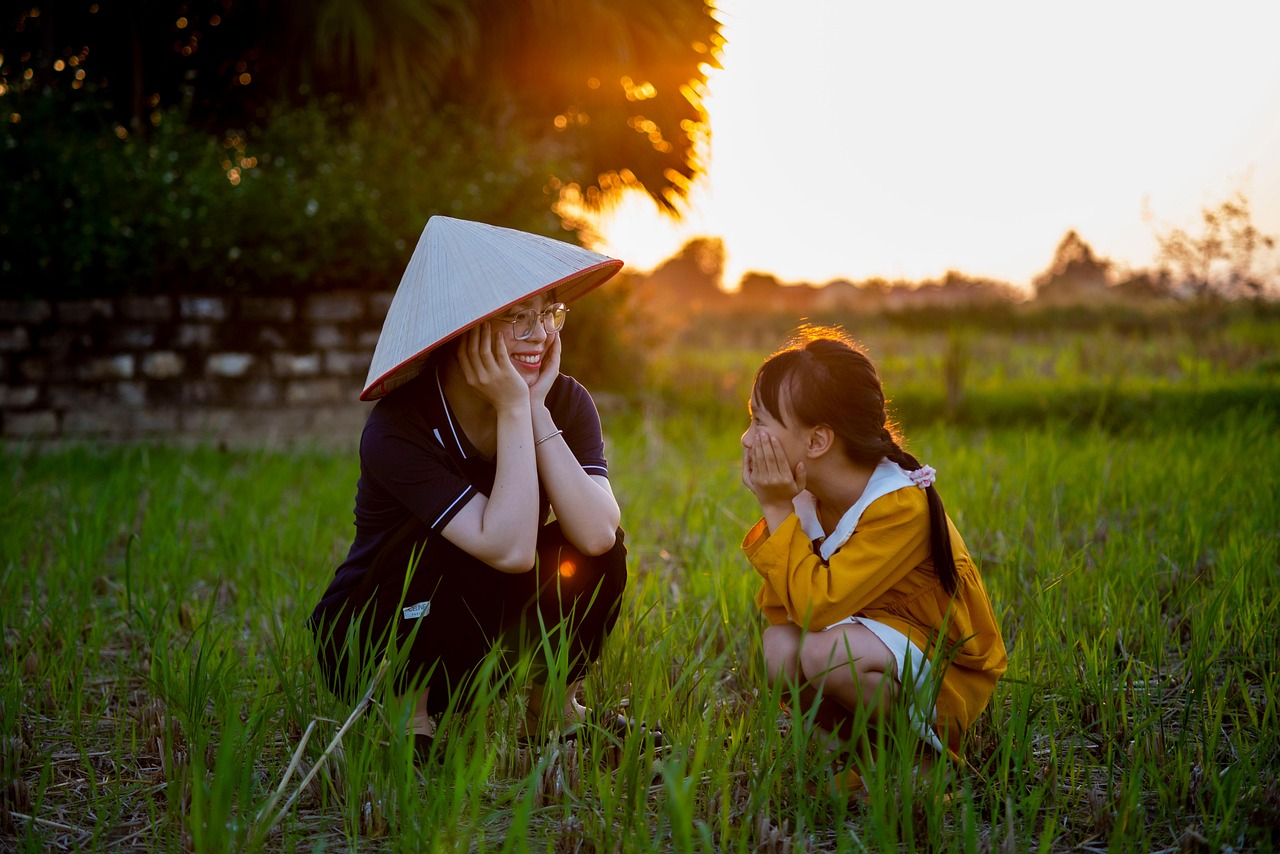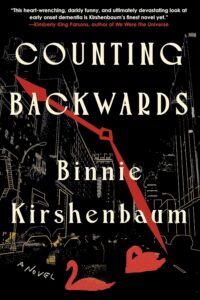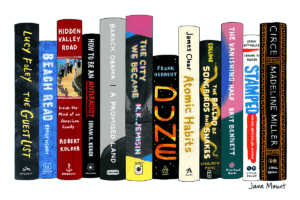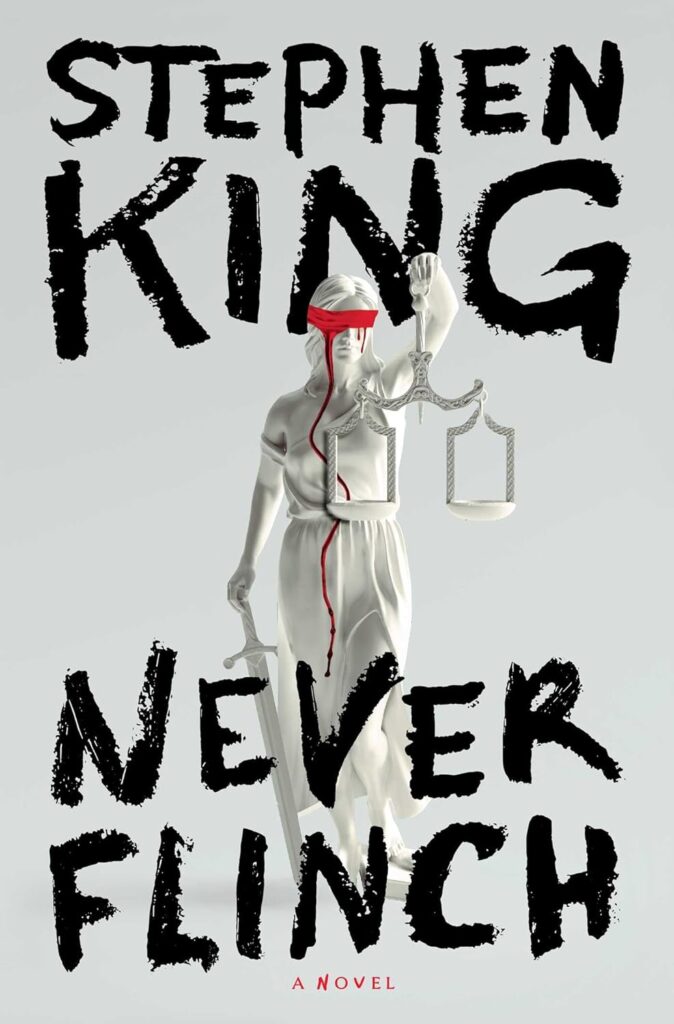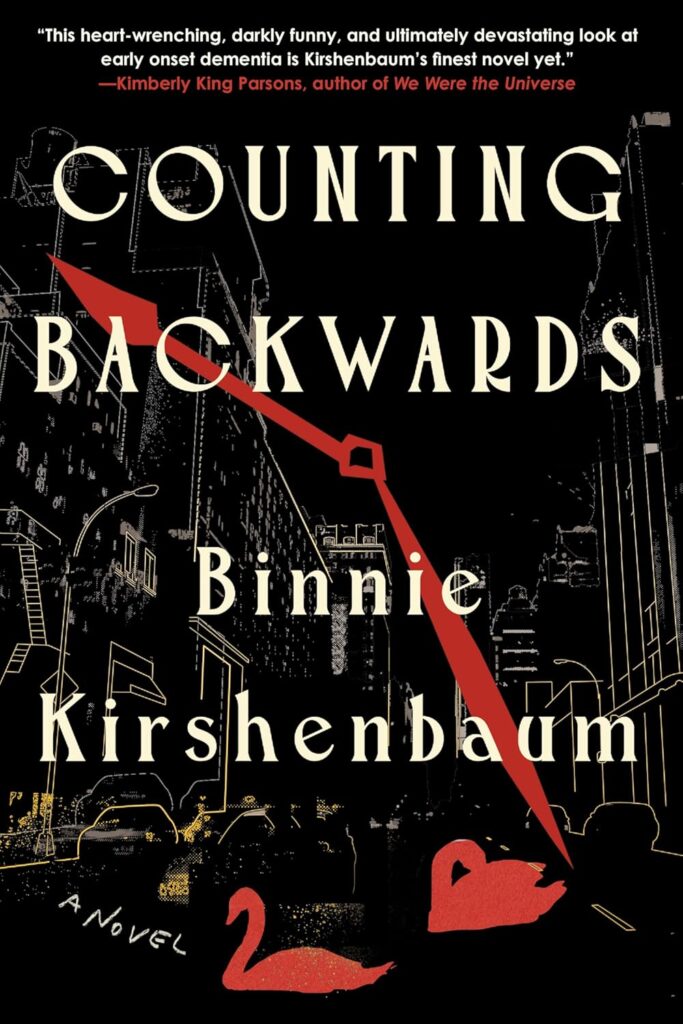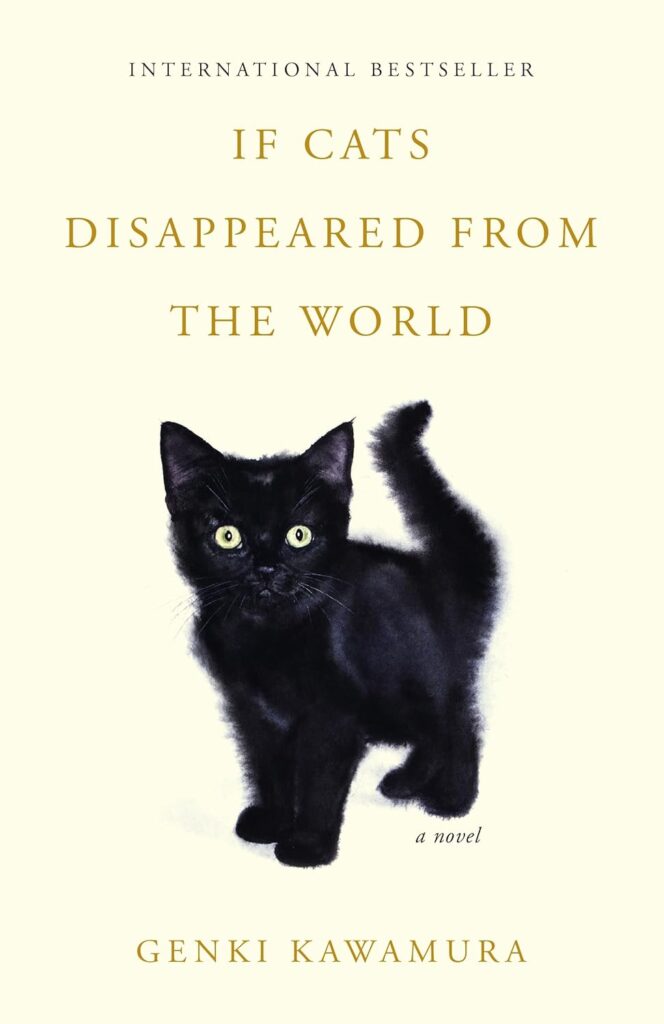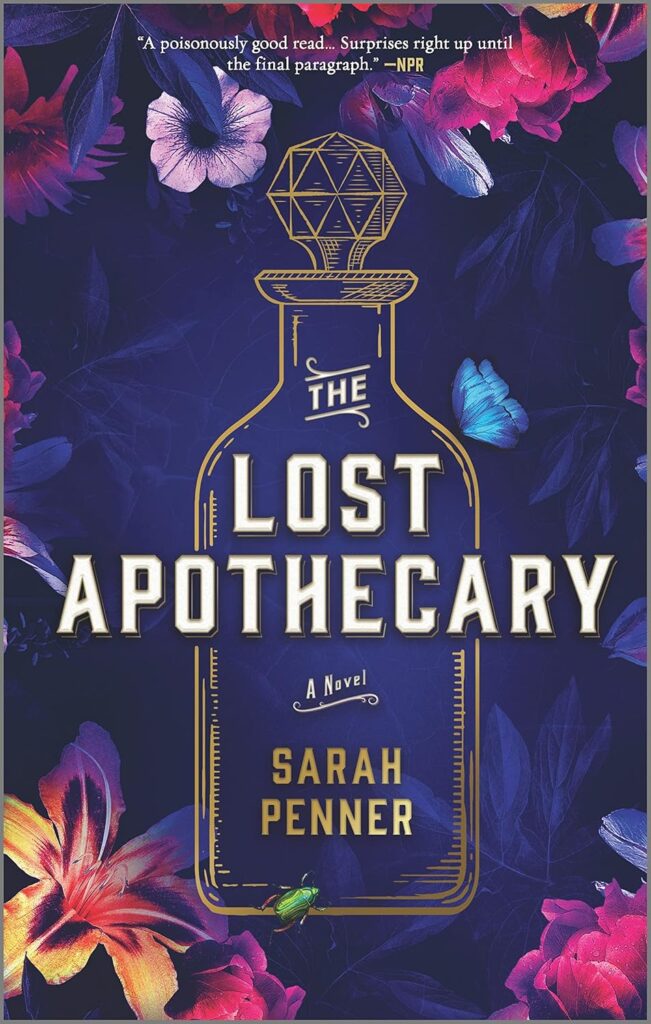Some stories never let go. They draw us back with their unforgettable characters, heartfelt messages, and the simple comfort of familiarity. Children’s best selling books of all time are more than just pages and words—they’re the seeds of imagination, the building blocks of empathy, and the quiet keepers of countless childhoods. These books don’t just entertain; they shape young minds and create lifelong readers. Whether it’s a whimsical escape, a journey through moral lessons, or a tale that feels like home, the best sellers stand as proof of their timeless appeal. For parents looking to share these treasures, you’re not just giving a book—you’re opening a door to wonder that never really closes.
The Importance of Children’s Books in Shaping Young Minds
Books are not merely collections of words, but bridges to entire worlds. For children, the books they encounter during their early years do more than entertain—they shape the foundation of who they become. Children’s literature, especially the timeless and best-selling titles, holds unique power: it molds perceptions, encourages emotional growth, and sparks creativity in young readers. These books paint the landscapes of imagination, offering lessons and perspectives that leave lasting imprints on both hearts and minds.

Photo by RDNE Stock project
Building Blocks of Empathy and Emotional Intelligence
Children’s books introduce young readers to emotions they might not yet fully understand. Characters become mirrors, reflecting struggles, triumphs, and vulnerabilities that children can project onto their own experiences. A young reader cheering for a protagonist who overcomes fear or sadness unknowingly learns how to navigate those same feelings in life. Books like The Giving Tree or Charlotte’s Web don’t just impart stories; they nurture emotional intelligence and empathy—traits essential for future relationships and personal growth.
Through stories, children recognize that their emotions are shared and valid. This emotional awareness makes them kinder, more understanding human beings. For insights into how literature fosters emotional intelligence, check out this resource on the role children’s literature plays in development.
Fostering Creativity and Imagination
The beauty of children’s best selling books lies in their ability to ignite creative fires. When a child reads about a wizarding world or animals with human traits, their minds stretch beyond the ordinary. They learn to ask “what if?”—a question that lies at the core of innovation and creative thinking. Stories like Harry Potter and the Sorcerer’s Stone or Where the Wild Things Are demonstrate how storytelling allows young minds to visit places they can only dream of, fueling a boundless imagination.
These books ask children to not only see but to envision, a mental exercise as critical as learning numbers and letters. This imaginative engagement helps sharpen problem-solving and abstract thinking skills—essential tools for adulthood.
Unlocking Cultural Awareness and Inclusivity
Children’s literature can also act as a window into diverse worlds. Books that feature characters from different cultures, backgrounds, and abilities allow young readers to walk in someone else’s shoes. This exposure fosters empathy and breaks down barriers of ignorance and prejudice. Classic best sellers such as The Snowy Day or newer titles with inclusive themes highlight the richness of human experience, making literature an unassuming yet powerful tool for teaching cultural awareness.
Inclusive stories also let children see themselves reflected in the pages. Feeling understood and represented fosters confidence and a sense of belonging. To read more about how inclusive children’s books can shape identities, visit this article on the power of representation.
Educational Foundations: Literacy and Beyond
Reading isn’t just a pathway to literacy—it becomes an avenue for critical thinking and intellectual growth. Early exposure to stories expands vocabulary, enhances cognitive ability, and builds comprehension skills. Best-selling children’s books, precisely because they engage so deeply, often become a child’s first introduction to the rhythm and cadence of language.
Books also teach far beyond their pages. They introduce concepts of morality, problem-solving, and decision-making. Think of Dr. Seuss’s timeless works, whose whimsical rhymes sneak life lessons into every line. These lessons become part of a child’s internal narrative, shaping their perspective long after the last page is turned.
For deeper insights into how reading lays cognitive groundwork, visit this compelling piece on the educational value of children’s literature.
In every dog-eared corner, smudged margin, or highlighted quote of a favorite children’s book lies a story not just on the page, but in the mind it has helped to shape. These books build more than shelves—they build lives.
Defining ‘Best Selling’ in Children’s Literature
Much like the timeless stories we love to share with children, the term “best selling” carries layers of meaning that go beyond numbers. What makes a book one of the best-selling children’s books of all time? It’s not just about how many copies fly off the shelves; it’s about standing the test of time, resonating across cultures, and reaching into the hearts of generations. Let’s explore the core pillars that shape a best seller in children’s literature.
Sales Numbers: A Key Indicator of Success
When you think of success in children’s literature, massive sales figures often come to mind—and for a good reason. High numbers are a testament to a book’s widespread appeal. Global sales data is often the most tangible metric, indicating a story’s ability to connect with readers across borders and languages. For example, classics like The Very Hungry Caterpillar and Harry Potter and the Sorcerer’s Stone have sold millions globally.
Sales often reflect a book’s universal themes, engaging storytelling, and accessible language—qualities that make stories appealing across cultures. But it’s not just about the raw numbers; it’s the marketplace presence that keeps these books alive. A best seller doesn’t fade into the background but continues to thrive in bookstores and libraries for decades. Curious about some top-selling children’s titles? See this list of best-selling children’s books of all time.

Photo by Alex Green
Longevity and Staying Power
Sales numbers may start the conversation, but longevity is what makes it a legacy. Some stories are like seasonal favorites—rising quickly only to be eclipsed by the next trend. Others settle deeply into our cultural memory, becoming part of the literary fabric we pass down from one generation to the next.
Longevity often reflects storytelling that transcends trends. Take Charlotte’s Web, for example. Published in 1952, it has endured as a classic thanks to its profound themes of friendship, loss, and hope—concepts that remain perennially relevant. Staying power requires more than initial popularity; it demands stories that grow with their readers, becoming just as meaningful for parents as they are for children.
This enduring appeal often comes from the layers of meaning within the story. Children’s literature is deceptively simple, offering something new with every re-read. It makes you wonder—which books on your child’s shelf will they one day share with their own kids?
Cultural and Generational Impact
Lastly, consider the cultural and generational weight a book carries. A best-selling children’s book often reflects a culture’s values while simultaneously shaping them. It speaks to readers not only within its original audience but across borders and through time. Stories like The Little Prince resonate globally, symbolizing universal truths about love, loss, and imagination. Books like this transcend their original context, becoming cultural touchstones for countless families.
Equally significant is a book’s ability to maintain its charm across generations. Stories that spark shared memories between grandparents, parents, and children cement their place as enduring bestsellers. They create a kind of literary legacy, a shared language of wonder passed through family stories and traditions. Want to dig deeper into the cultural impact of children’s books? Take a look at 20 Best-Selling Children’s Books of All Time.
In essence, it’s the intersection of widespread sales, timeless relevancy, and cultural resonance that defines “best selling” in children’s literature. These books don’t just sell—they endure, influence, and softly weave themselves into our collective identity.
The Top Children’s Best Selling Books of All Time
When we think of children’s best selling books of all time, we’re not just recalling pages filled with words; we’re remembering formative experiences, enduring lessons, and the countless bedtime stories that have become family traditions. These books hold a unique place in our lives, appealing to wide-eyed curiosity and profound wisdom simultaneously. Below, we explore some of the most iconic titles that have inspired generations.
Harry Potter by J.K. Rowling

Photo by Maël BALLAND
Few book series in history have managed to capture the imagination of both children and adults quite like J.K. Rowling’s Harry Potter. Spanning seven breathtaking installments, the series begins with Harry Potter and the Sorcerer’s Stone, thrusting readers into the magical halls of Hogwarts. It’s not just a story about spells and potions—at its heart, this saga explores universal themes like friendship, courage, and the fight between good and evil.
The genius lies in Rowling’s artistry: dense, richly textured storytelling layered with magical whimsy and gut-wrenching humanity. Children embraced the idea of stepping into Harry’s shoes, while adult readers found themselves grappling with its darker undertones and morally complex characters. With over 500 million copies sold worldwide, it’s no surprise this series remains omnipresent in popular culture, making a profound impact on a generation of readers.
Curious about the cultural legacy of the series? Dive deeper into J.K. Rowling’s magical impact on readers.
The Very Hungry Caterpillar by Eric Carle
There’s something timelessly enchanting about Eric Carle’s The Very Hungry Caterpillar. With its bold, colorful illustrations and immersive storytelling, this book appeals to even the youngest of readers. Who can forget the caterpillar munching its way through an array of foods before emerging as a radiant butterfly?
Educational yet engaging, this book introduces children to counting, the days of the week, and even the concept of metamorphosis—all wrapped in a simple narrative. Its tactile design, complete with die-cut pages, invites curious little fingers to explore each turn, transforming storytime into a sensory experience. Over 55 million copies sold serve as testament to its charm and its ability to nurture early literacy.
Want to know more about its educational impact? Explore why The Very Hungry Caterpillar remains a favorite learning tool.
The Cat in the Hat by Dr. Seuss
Dr. Seuss revolutionized children’s literature when he introduced The Cat in the Hat in 1957. At a time when early readers were fed a diet of uninspired texts, Seuss’s vibrant rhyme schemes and whimsical illustrations transformed literacy education.
Bursting with mischief and fun, this book introduces young readers to rhythm, vocabulary, and narrative structure, using playful language that feels as natural as conversation. Beyond its literary merit, The Cat in the Hat has become a cornerstone of beginner reading programs, demonstrating that learning can—and should—be joyful.
Interested in learning how this literary gem changed reading curricula? Discover how The Cat in the Hat reshaped child literacy.
Charlotte’s Web by E.B. White
Few books manage to weave simplicity and depth like E.B. White’s Charlotte’s Web. At its core, this is a tale of friendship—between a lovable pig named Wilbur and the wise, articulate spider Charlotte. Readers join in their tender camaraderie, witnessing sacrificial acts and the gentle, inevitable passage of time.
Themes of love, loss, and resilience render this story as moving for adults as it is for children. Beyond its plot, it teaches lessons about acceptance and the beauty of even the smallest things in life. First published in 1952, Charlotte’s Web continues to charm readers more than 70 years later, mirroring life with poetic grace.
Explore the enduring themes of friendship in Charlotte’s Web by visiting this analysis of its central motifs.
Goodnight Moon by Margaret Wise Brown
Few bedtime routines feel complete without a reading of Margaret Wise Brown’s Goodnight Moon. This tender, rhythmic story of a little bunny bidding goodnight to the objects in its room has lulled generations of children into the soft embrace of sleep.
The genius of the book lies in its simplicity. Its repetitive structure and soothing cadence create a calming rhythm akin to a lullaby. Paired with Clement Hurd’s tranquil illustrations, the book crafts a cozy world where young readers feel safe and loved as they drift off to sleep. Even 75 years after its publication, it remains a fixture in countless nurseries.
For a deeper appreciation of how Goodnight Moon has comforted readers for decades, take a look at its 75-year bedtime legacy.
The Role of Illustrations in Children’s Best Sellers
Children’s books have always been more than just words on a page. For young readers, illustrations breathe life into the characters, setting, and mood, turning simple stories into fully fleshed-out worlds. A picture says a thousand words, they say, and in the case of children’s literature, these “thousand words” often echo through generations.
Visual Storytelling and Reader Engagement
Imagine a child gingerly flipping through the pages of a beloved storybook, their eyes lighting up at every colorful illustration. The process is transformative—these vibrant visuals do more than complement the text. They shape comprehension, deepen emotional connections, and invite children to immerse themselves completely. Illustrations, often the gateway to understanding, are more than adornments; they are co-narrators, bridging complex ideas to the tender minds discovering them.
For non-readers or emerging readers, illustrations guide the way. They signal tone, establish rhythm, and even preview character emotions. Pictures, like a gentle hand, pull young readers through the complexity of narrative, smoothing over intimidating words or unfamiliar concepts. Books like The Rainbow Fish or Where the Wild Things Are demonstrate this symbiosis perfectly; they pair sparse prose with striking visuals, creating stories that linger well after the last page is turned.
But it doesn’t stop at understanding—illustrations enchant. They cultivate joy and curiosity, blending aesthetic delight with storytelling magic. To understand how deeply illustrations impact children’s comprehension and engagement, see this insight from The Importance of Illustrations in Child Development.
Iconic Illustrators Behind Best Sellers
Behind every great children’s book stands an artist with the remarkable ability to see the world through a child’s eyes. Illustrators like Eric Carle, whose iconic collage-style art in The Very Hungry Caterpillar remains vivid in our collective memory, are not just visual artists—they are architects of nostalgia. Carle’s works, bursting with texture and color, taught generations of children to embrace simple joys like counting fruit or exploring the metamorphosis of a butterfly.
Then there’s Maurice Sendak of Where the Wild Things Are. His illustrations are as wild as Max’s adventures, balancing whimsy with a hint of darkness, reminding us that childhood is not all sunshine but also rich with curiosity and courage. Artists like Sendak challenge and expand the emotional palate of children, offering layers not just to the story but also to the reader’s perception of their own feelings.
Quentin Blake, the unmistakable collaborator of Roald Dahl, mastered the art of imperfection. His loose, dynamic lines added an authenticity to Dahl’s strange, mischievous worlds, inviting readers to embrace the quirky and imperfect parts of themselves. And let’s not forget Beatrix Potter, who single-handedly built a legacy of timeless tales with her delicate watercolors. Her Peter Rabbit illustrations remain a masterclass in combining the pastoral with the fantastical.
Children’s book illustrators don’t just decorate the text; they become co-authors, oftentimes driving books to iconic status. Their contributions prove how visuals hold their own in storytelling. Curious about other key players shaping children’s literature visually? Visit this collection of 15 Iconic Children’s Book Illustrators.
With every brushstroke or pencil line, illustrators leave an indelible imprint on young hearts and minds. They’re why long after the stories fade, the images remain vivid—etched in memory, like the comforting glow of a bedtime lamp.
How to Choose the Best Books for Your Child
Selecting the right book for your child isn’t just about filling shelves; it’s about opening doors. A well-picked story plants seeds of curiosity, empathy, and resilience—offering not just entertainment but a chance to grow. The challenge lies in choosing books that match their developmental needs while also broadening their horizons. Here’s how to make thoughtful choices that ignite a lifelong love for reading.
Consideration of Age and Reading Level

Photo by Artem Podrez
Every child develops at their own pace, and understanding their reading level is essential in finding the “just right” book. Imagine giving a kindergartener a complex chapter book—it’s like handing them a riddle without clues. Frustration can overshadow what should be a joyous discovery. Conversely, offering an oversimplified story may leave an older child disengaged, craving something richer. Matching books to your child’s age and ability is like finding the right key for a lock—it opens the door to wonder.
Infants and toddlers benefit from durable board books with bold images, tactile elements, or rhyming language. Preschoolers thrive on picture books that blend simple narratives with vibrant illustrations. For school-aged kids, early readers introduce structure and vocabulary, while chapter books present multi-layered stories to expand their comprehension. Not sure where to start? Check out this guide on finding the right book for your child’s age and stage.
It’s also worth noting that reading levels don’t strictly dictate preference. Sometimes, even older kids find comfort in revisiting simpler tales—stories are as much about connection as they are about challenge. Emphasize your child’s interests, and let them lead the way.
Exploring Genres and Themes
Books are much more than stories—they’re mirrors, windows, and sliding glass doors into experiences that shape a child’s understanding of the world. Imagine a shelf filled with nothing but fairy tales. While magical, it paints only a small corner of life. By diversifying genres and themes, you’re not just offering your child entertainment—you’re gifting them a toolkit for life.
Encourage them to explore beyond their comfort zone. A child who loves adventure might find unexpected joy in historical fiction or poetry. Stories with protagonists who mirror different perspectives teach empathy without lectures; they show, rather than tell. Themes like friendship, courage, or perseverance are universal, bridging age and culture. For tips on diversifying your child’s book collection, take a look at this guide to expanding genres in children’s literature.
Consider books with cultural diversity, too—they’re not just trendy; they’re essential. Stories like The Snowy Day or Sulwe offer “windows” into lives different from our own, while also serving as “mirrors” for children to see themselves reflected. Diverse representation in literature gives kids the confidence to feel seen and the compassion to accept others.
Leveraging Best Sellers for Reading Motivation
Best sellers often earn their status by capturing universal themes and telling them in unforgettable ways. They soar not just because they’re well-written but because they resonate across cultures, generations, and personalities. Introducing your child to these iconic titles can spark a newfound love for reading. There’s something magical about holding a book that countless others have cherished—it feels like being part of an unspoken literary club.
For reluctant readers, best sellers can be the bridge from “I have to read” to “I want to read.” Familiar names or popular series, like the mesmerizing adventures of Harry Potter or the vibrant charm of The Very Hungry Caterpillar, might intrigue even the most hesitant reader. It’s not just about the popularity; it’s about accessibility. These books are often well-crafted with engaging illustrations or relatable characters that hook young minds. Browse more inspiration in this list of motivational and best-selling children’s books.
And remember, while best sellers are a great start, they’re just one piece of the puzzle. Pair them with hidden gems or niche picks to provide a balanced reading diet. After all, an eclectic bookshelf mirrors an eclectic mind.
Conclusion
The best selling children’s books of all time are more than literary successes—they are threads in the tapestry of childhood, weaving stories that linger across generations. These titles ignite imaginations, teach empathy, and offer both comfort and adventure. They remind us that even the simplest stories can leave lasting imprints on young hearts, shaping not just readers, but the humans they grow to be.
As parents, sharing these timeless books isn’t just about passing down stories; it’s about passing down wonder. Explore these beloved titles with your children and create moments that they’ll carry into their own futures. Each page turned is more than a step through a story—it’s a step toward a lifelong love of reading. So, which book will you begin with tonight?

